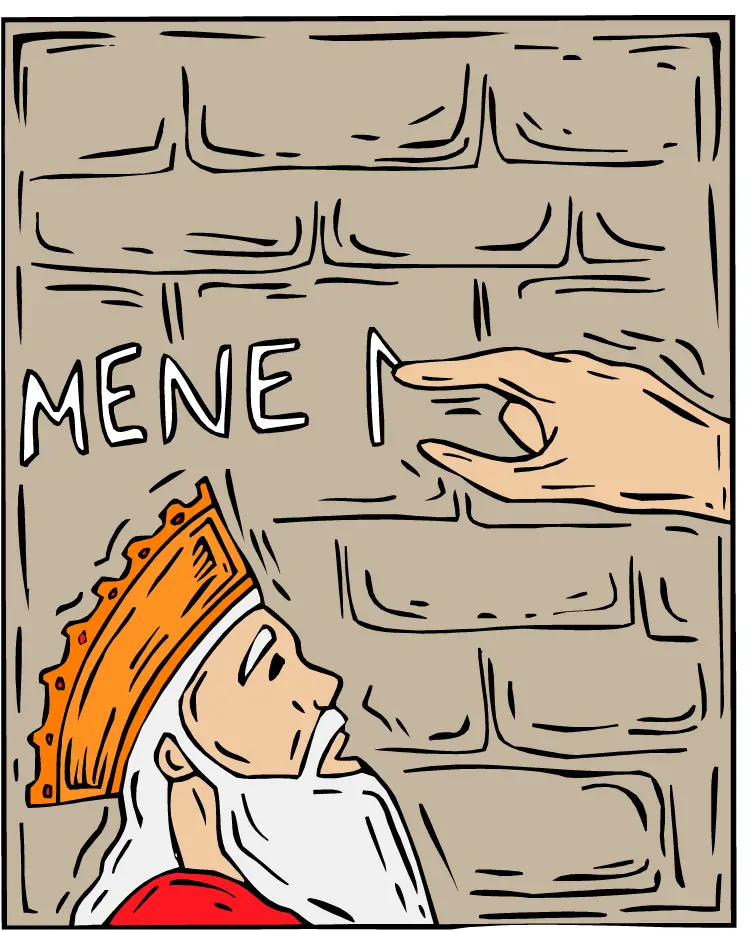Science, Inventions, and Technology
Background
-
From the very earliest settlements around 8000 B.C., the people of Mesopotamia started to create many of the things that we associate with civilisation: writing, mathematics, astronomy, transport, building design, transport, metalworking, pottery, textile development, as well as many of the basics of processes farming and food preparation.

Writing
- The Sumerian people of Mesopotamia invented writing in its earliest form. They would use a special tool called a stylus to draw simple pictures onto soft clay tablets. This was hard work so the Mesopotamians came up with a system of wedge-shaped signs


Maths and measurement
- Many important aspects of mathematics were developed by the ancient Mesopotamians. For instance, they devised various systems to count, measure and solve mathematical sums. They understood the idea of zero something that we take for granted today.
- They knew how to add, subtract, multiply and divide and do more complicated equations and fractions. They also understood basic geometry.
- Some of the basic forms of maths reflected everyday practical needs. So the ancient Mesopotamians also developed sales records to note how, for example, land was bought using commodities, such as silver.
- As there was no money in ancient Mesopotamia, they created a system of weights which allowed them to buy and exchange goods. This was done using barley and one grain of barley acted as the smallest exchange weight unit.

Astronomy
- In ancient Mesopotamia, astronomers began to closely observe the sky at night and began to record the movement of stars and planets. Through this observation, they were able to predict the movements of these stars and planets.
- They understood the difference between stars and planets, noting how stars remained relatively static, while planets moved more substantially. They observed how the moon moved and this helped them create the earliest calendar.

Transport
- The oldest wheel was found in ancient Mesopotamia. Wheels were first used in pottery, but later, by around 3500 BC, the wheel was used for carts, transforming transportation. The ancient Mesopotamians also made another vital breakthrough in transport by being the first to harness the power of the wind by using the sail.
- The Mesopotamians invented the seederplow and this was a major breakthrough in the development of agriculture because it meant that seeding and plowing could be done at the same time. A seed was put down a funnel in the device into the ploughed furrow.
- In addition, they learned the vital skill of irrigation, which meant directing water to certain areas of land to enable crops to grow. The result of this achievement was a fertile soil in which they grew wheat, barley, fruit and vegetable among other crops.
- The south of Mesopotamia was prone to flooding in certain areas and so they had to learn how to control the movement of water. They devised a range of systems to drain and contain water. They even built early canals.

Mud brick making and building
- Mud bricks were a very important invention in early Mesopotamia and were the basis of building for a long time. These bricks first appeared around 8000 B.C.
- At first, they were simply made using bare hands, but moulds were eventually developed to allow faster production. Mud was mixed with chopped straw and water – the straw prevented the brick from cracking.The bricks were usually made in the early summer period because, after creation, the bricks were dried out under the sun over several days.
- Mud bricks from different periods are all very different in terms of shape and size. This allows archaeologists to help determine the date of a building.

Pottery
- Pottery was important to the ancient Mesopotamians and they invented the potter’s wheel to make objects between 6000 and 4000 BC. They also learned how to heat clay at the right temperatures to harden their vases and other creations.

Metal and Textiles
- Among the other technological innovations, the ancient Mesopotamians developed metalwork by shaping gold, silver and bronze. They learned how to make molten metal and mix metals together.
- Textiles were made in Mesopotamia from wool and linen and hundreds of women made various garments. Textiles were especially important in Assyria and Babylonia when cotton and silk was introduced.



